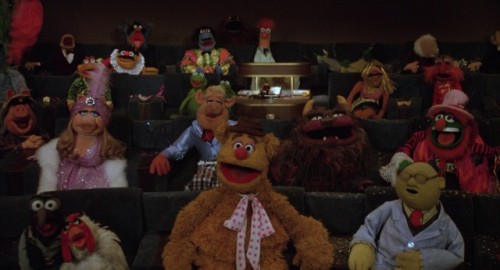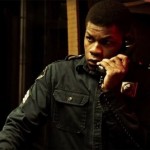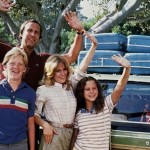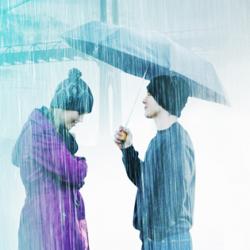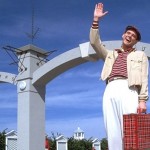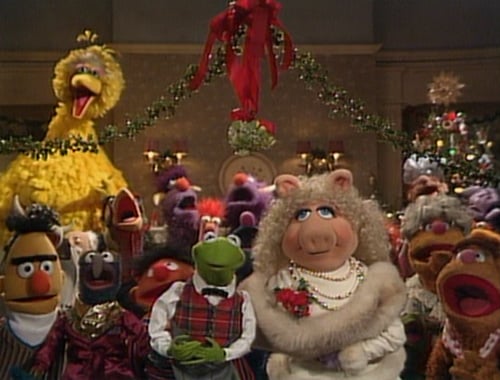Having seen the movie several times since that viewing eight years ago, I can now cite the film’s merits critically and dispassionately. At the time, I already had some film reviewing experience under my belt from the local paper I freelanced for. I was officially a professional critic, albeit in the loosest sense of the word, and I have to admit I was a bit embarrassed to admit to friends that I was sitting alone on a Saturday night watching a kids’ film. But all my critical faculties dropped away during that viewing as I sat in wide-eyed wonder watching Kermit and the gang wreak mayhem on the screen.
Critic Josh Larsen has written that the Muppets excel in something he calls “Holy Nonsense,” finding joy in the trivial. Where Henson’s “Sesame Street” gang taught preschoolers to read and count, and the Fraggles learned about friendship, the Muppets were never big on lessons; Kermit was too busy trying to keep the theater from being destroyed by this deranged troupe of frogs, bears, chickens, and whatevers. Nearly every “Muppet Show” sketch ended with an explosion or a character being devoured. The movies that followed their big-screen debut were exercises in pure silliness, featuring big Broadway numbers, European capers, witty takes on Charles Dickens and Robert Louis Stevenson, and copious use of Charles Grodin.
The Muppet Movie is a very silly movie. Big moments still make me laugh, whether it’s the anarchy of jamming every Muppet into the tiny studio screening room or the vaudeville-ready jokes and purposefully painful running gags (“Myth? Myth?… Yeth?”). At one point, The Electric Mayhem band paints Fozzie’s Studebaker a garish combination of colors so that it will blend in ⸺ a sight gag that gets even funnier when, at just the right moment, it actually works. Moments that I’m sure must have killed in the theater in 1979 still make me chuckle. Animal growing 50 feet tall. Steve Martin as the world’s most bitter waiter. Jam-packed with cameos, bad puns, and a love for groan-worthy jokes, The Muppet Movie takes the anything-goes humor of “The Muppet Show” and lets it run rampant across the United States.
And I haven’t even mentioned the songs, which bring heart and wonder to all the silliness. Paul Williams’ tunes are possibly the best in any family film, from the achingly sincere but never cloying “Rainbow Connection” to the jaunty “Moving Right Along” and the rocking “Can You Picture That.” Like the best Muppet songs, they can have you guffawing one minute and then wiping away a wistful tear the next. It’s through these tunes that the movie becomes something more than an extended version of “The Muppet Show,” with each number finding notes of yearning, joy, and camaraderie you don’t normally get from kids’ movies. Every single one delivers, right up through the finale’s “Rainbow Connection” reprise.
It’s Henson company policy that the Muppet characters are never referred to as puppets. Kermit’s a frog, Fozzie’s a bear, Gonzo’s a whatever. The Muppet Movie never makes mention of strings, felt, or hands in nether regions. Even though they’re more obviously artificial than some of Hollywood’s best CGI creations, they’re more relatable than many flesh-and-blood characters. The Muppets have so much personality and their own little neuroses ⸺ Kermit’s sincerity, Fozzie’s eagerness to please, Gonzo’s ache for transcendence at great personal risk ⸺ that they never appear any less than 100% real. I’ve heard of reporters breaking down in tears on the “Sesame Street” set in the presence of Big Bird. I have to imagine I’d have the same reaction meeting Kermit in the felt. These characters aren’t simply lucrative IP; to those of us who grew up watching their antics, they’re old friends. That evening, and in all subsequent viewings, I bought the illusion.

